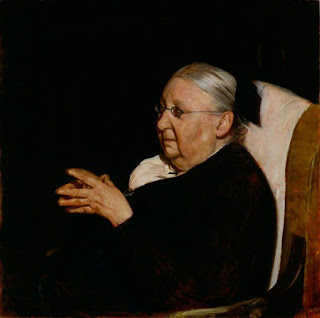Eden Project North
The industrial revolution created massive growth in towns and cities. People lamented the loss of the rural idyll, the farm and cottage gardens with old fashioned borders of mixed shrubs and herbs. Pollution, smog and toxic waste contaminated our cities as they grew larger and larger.
A new style of English garden was created by Gertrude Jekyll (1843-1932). Nostalgia for the pastoral scene inspired her to reintroduce the herbaceous border, plant hardy flowers in drifts, use restricted colour palates.
Gertrude Jekyll was an energetic lady, born in London to a wealthy family, a talented artist. When her eyesight failed she established a partnership with Edwin Lutyens and together they created more than 400 gardens.
She drafted her designs with an artist’s eye.
Sadly with the effects of the First World War (1914-1918) many gardens were kept going by old men, young boys and women. Inevitably by 1919 the lack of labour told. There seemed to be no renaissance.
Rising prices, income tax, and the death of many of the heirs’, large houses and estates were let or run on a reduced budget. As demand for gardeners declined so did the gardening apprenticeship scheme. The high price of coal meant that private glasshouses fell to ruin.
During the Second World War (1939-1945) houses were requisitioned, their gardens neglected, or ploughed for the growth of food for the nation. Fuel was restricted for the heating of glass houses.
The Two World Wars saw the death of many men. In the Second World War London’s Hyde Park was ploughed to create vegetable allotments as the country was urged to “Dig for Victory”. The public grew some three million tons of food to feed the nation.
The trend moved towards smaller gardens with labour saving methods in favour of shrubs, ground cover in the form of dwarf conifers.
Rock gardens disappeared, considered too expensive and environmentally unfriendly.
The herbaceous borders vanished but Gertrude Jekyll’s ideas have endured and her influence is as powerful today as it was in her lifetime.
From post war to post-crash austerity opportunities for new public parks and gardens have appeared limited. But green spaces have become an increasingly essential part of our local and national heritage.
A clay pit in Cornwall was redeveloped in 2001. Domed biomes and microclimates were built where visitors were able experience a tropical rainforest and a Mediterranean garden. Today on the outside are plant collections that include 40 redwood trees. Since the Eden project opened there has averaged one million visitors a year and, like the great Victorian public education institutions, it tells the story of botany, science and nature through the modern perspective of energy conservation and climate change.
Last week the go ahead has been given to create a new eco-tourism attraction on Morecambe Bay. Lancaster City Council approved the £125 million plan for Eden Project North and plans will see three seafront shell-shaped pavilions built to open in 2024.
The site “will combine
exhibits, performance, learning, play, immersive experiences, world-class
horticulture, live music, art, food, beverage and retail spaces as well as
hundreds of new jobs”.
“For many years
Morecambe has been one of Britain’s most popular tourist destinations with
visitors attracted to its stunning natural landscape. Eden Project North re-imagines Morcambe as
a seaside resort for the 21st Century, inspiring wonder and a
connection with the natural world drawing on the Eden Project’s focus on
education, ecology and community”
Exciting times ahead for the North West of England and for horticulture!






Comments
Post a Comment